An Ancient Comedy of Urban Errors
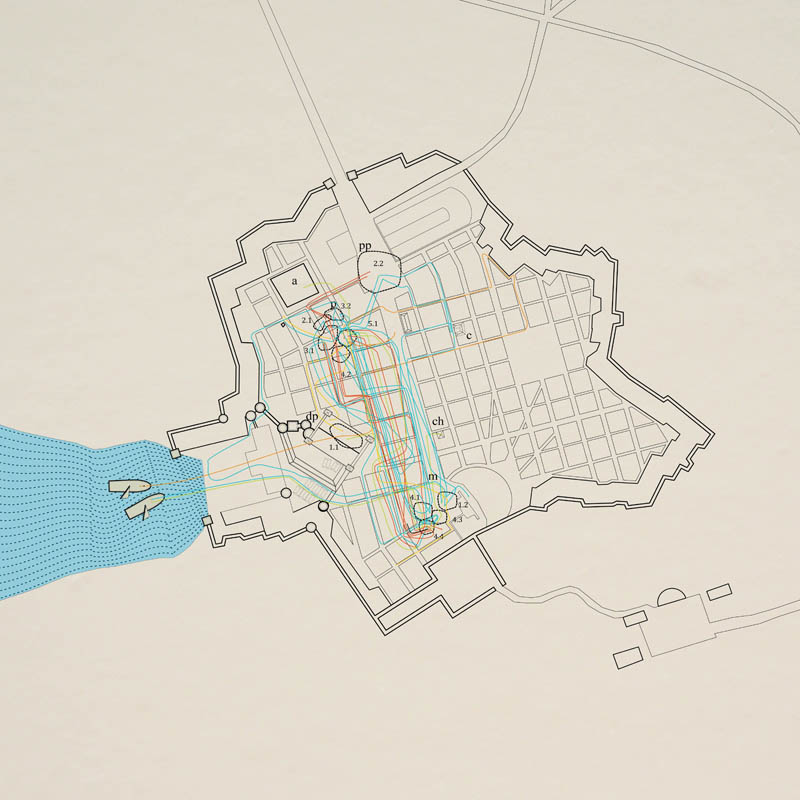 [Image: From Andrejs Rauchut's thesis project at the Cooper Union].
[Image: From Andrejs Rauchut's thesis project at the Cooper Union].For his final thesis project this year at the Cooper Union in New York City, student Andrejs Rauchut diagrammed and modeled "a constellation of architectural set pieces" meant for "a day-long performance of The Comedy of Errors" by William Shakespeare. Rauchut's project presentation included an absolutely massive, wood-bound book: it started off as a flat chest or cabinet, before opening up as its own display table.
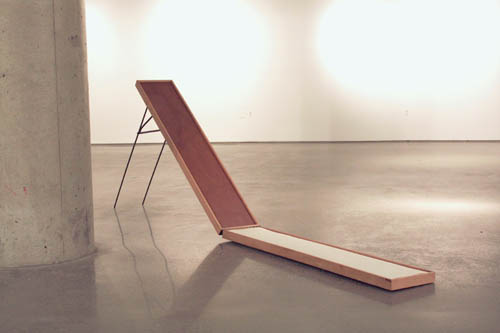
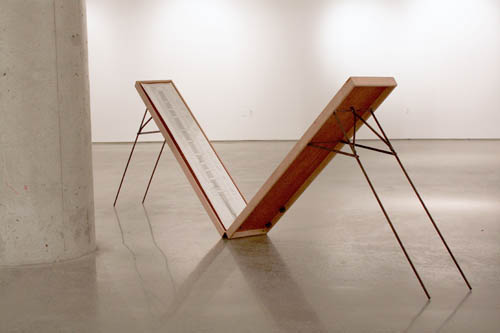
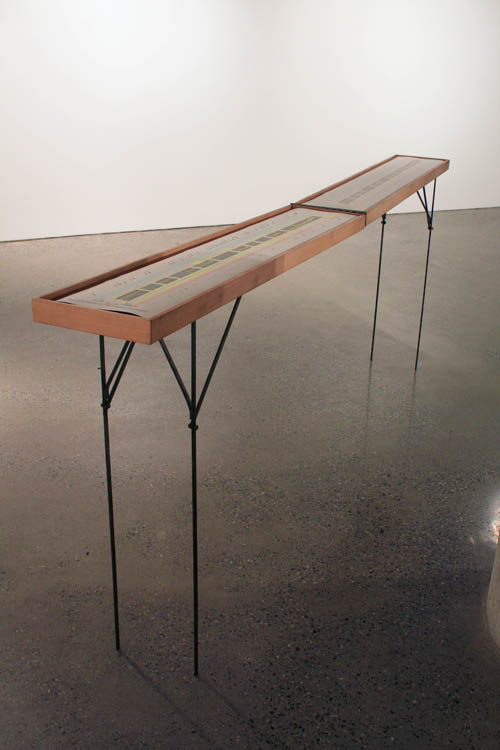 [Images: From Andrejs Rauchut's thesis project at the Cooper Union].
[Images: From Andrejs Rauchut's thesis project at the Cooper Union].The diagrams therein are extraordinary: they map character movement not only through the ancient city of Ephesus, where Shakespeare's play is set, but through the "constellation" of set pieces that Rauchut himself later designed.
 [Image: From Andrejs Rauchut's thesis project at the Cooper Union; view larger!].
[Image: From Andrejs Rauchut's thesis project at the Cooper Union; view larger!]. As Rauchut describes it, The Comedy of Errors "follows a single day in the life of the port city of Ephesus through the eyes of its commuting citizens, from the high perch of the duke to the city’s prostitutes." This has interesting spatial implications:
- The shrewdest and most elaborate part of the play is its circuitous, knotted plot. The city starts to fold in on itself when a merchant named Antipholus arrives in Ephesus unaware that his long-lost twin brother now lives in Ephesus. The local citizenry misidentify the brothers as each Antipholus is shuffled in and out of scene. A complex strand of chaos breaks out throughout the city that climaxes with one of the brothers attempting to publicly murder his wife out of shear frustration. While the play investigates how the circulation patterns in a city can be hijacked to create chaos, it also demonstrates how, through the art of gathering, peace can be obtained via discussion and the exchange of information. We see this in the last act when all the characters gather and finally make sense of the day’s events.
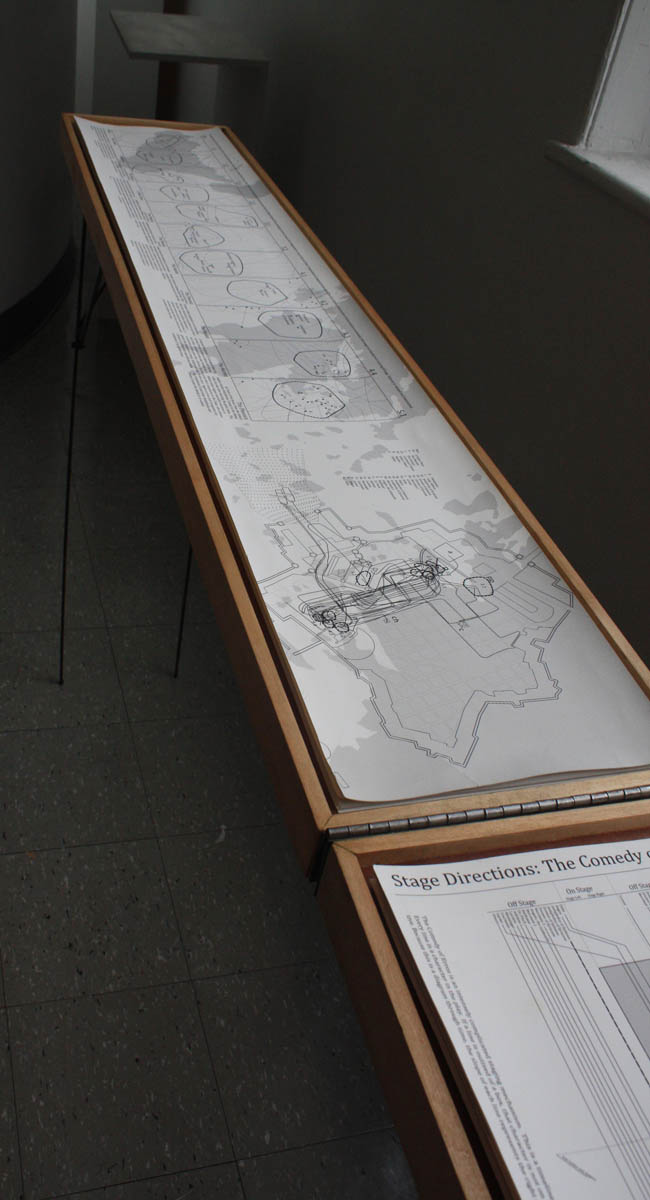 [Image: From Andrejs Rauchut's thesis project at the Cooper Union].
[Image: From Andrejs Rauchut's thesis project at the Cooper Union]. The bulk of Rauchut's work went into producing a series of timelines and graphic depictions of character movement in Shakespeare's play.
 [Image: From Andrejs Rauchut's thesis project at the Cooper Union].
[Image: From Andrejs Rauchut's thesis project at the Cooper Union]. In the massive image seen above, for instance, "Each box represents the time and space of an act and the crossing of a box by a line signals a character’s entrance onto the stage. One can see that it is in the final act, when nearly all the lines collectively intersect the last rectangle, and all the characters are on stage, that they can finally straighten out the events of their collective day. Up to this point, as the timeline demonstrates, the characters have been weaving in and out of contact with one another, multiplying the fragmented misinformation that spreads throughout the city."

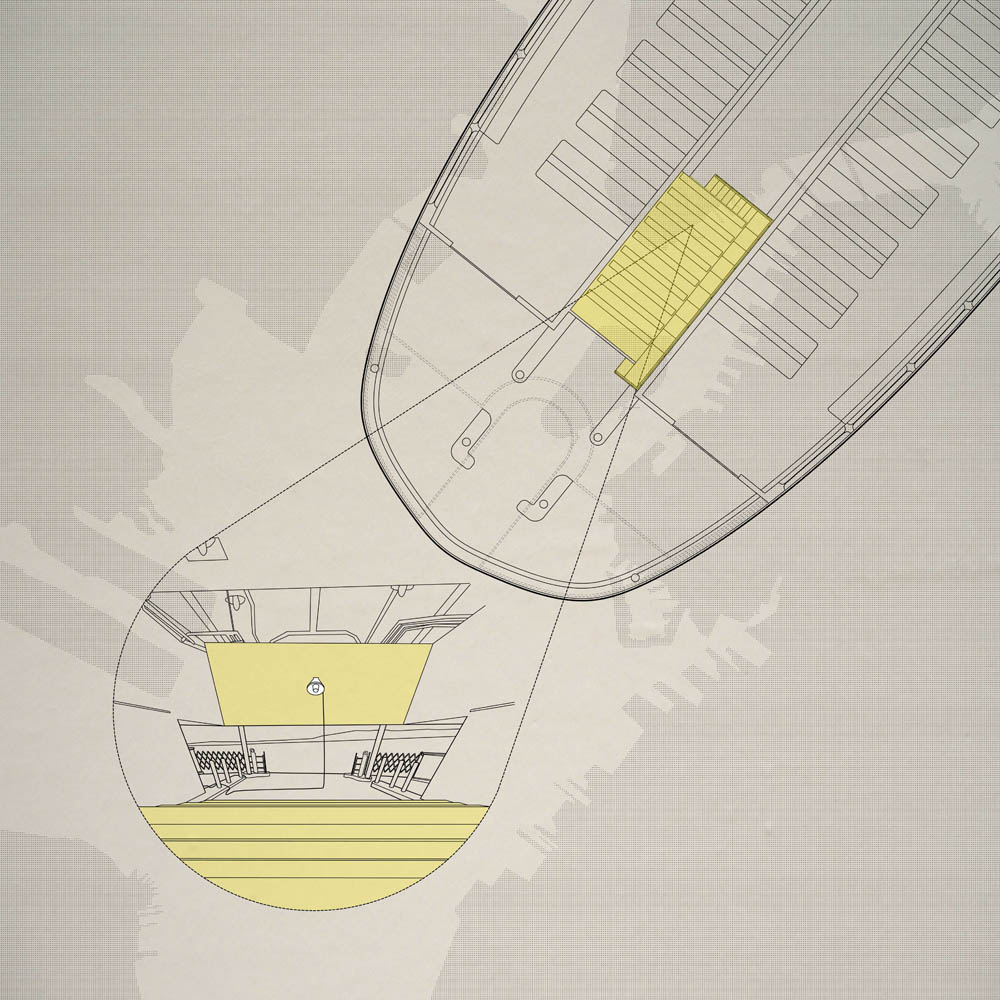

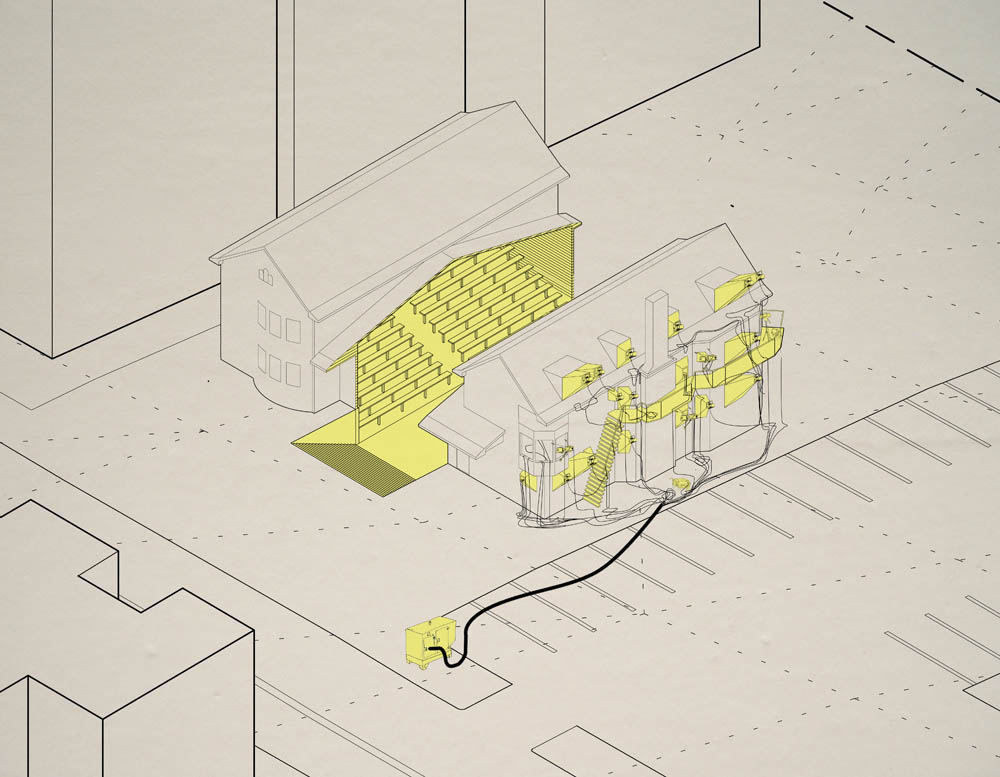 [Images: From Andrejs Rauchut's thesis project at the Cooper Union].
[Images: From Andrejs Rauchut's thesis project at the Cooper Union]. He then went on to experiment with overlaying these character paths onto Staten Island, part of the New York City archipelago, as if trying to draw an analogy between the seafaring, splintered island geography of the ancient Mediterranean—with its attendant heroes and unacknowledged gods—and the contemporary commuter landscape of greater New York.
This transposition of Shakespeare's characters' movements onto Staten Island, Rauchut explains, became "the backbone for the design of a series of architectural set pieces inserted into the suburban fabric of Staten Island. At each of the points where characters interact, an architectural set is built."
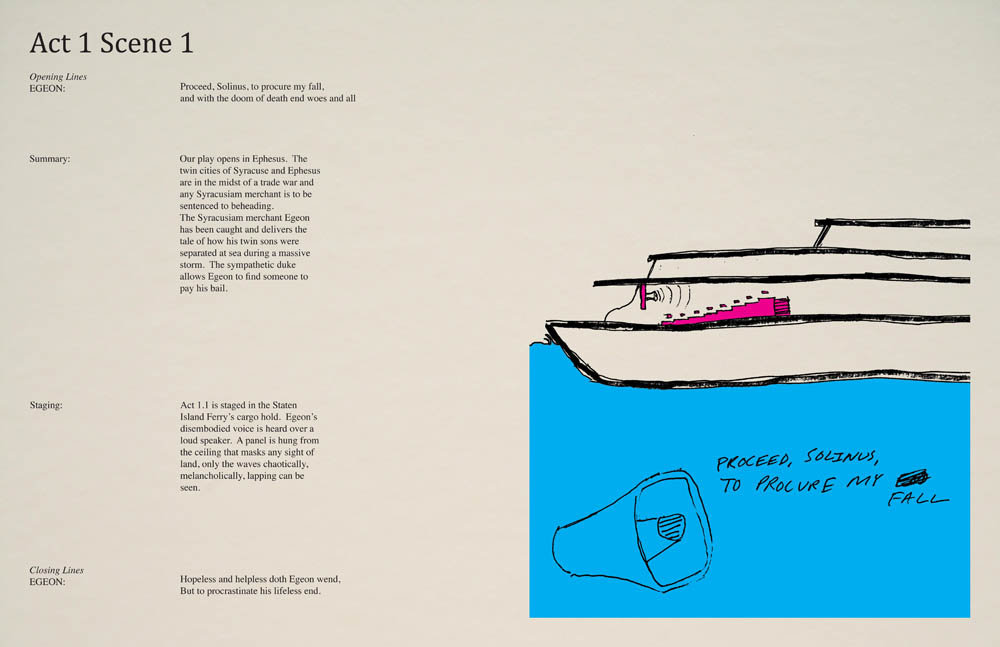


 [Image: From Andrejs Rauchut's thesis project at the Cooper Union].
[Image: From Andrejs Rauchut's thesis project at the Cooper Union].Ultimately, the project aimed for the indirect choreographing of a public, urban event—it was to be a "guerilla instigator of public space," as Rauchut describes it:
- The final design is a constellation of architectural set pieces that would be used for a day-long performance of The Comedy of Errors. Actors would travel along their scripted routes through the city dressed in plain-clothes crossing paths and delivering lines. The audience would consist of interested citizens, gathering, following, growing, leaving, and occasionally returning as they continue through their daily routines.
To be honest, I'm not a huge fan of that sort of participatory street theater, but the spatial ideas underlying Rauchut's project—that is, the precipitation of architectural forms from the public passing of an unannounced literary event—is certainly thought-provoking and could have some pretty awesome effects applied elsewhere, with different texts. Books become clouds, raining events and built forms onto the city.
(Thanks to Hayley Eber for inviting me to see Andrejs Rauchut's project at midterm last spring! Of possible earlier interest: Bloomsday).





Comments are moderated.
If it's not spam, it will appear here shortly!
actually i would really want to know the reasons behind his choice of setting Staten Island as his site. Is there any particular similarities/ spatial relationship between Staten Island and Ephesus? or he chose it randomly? or it is not important?
Post a Comment